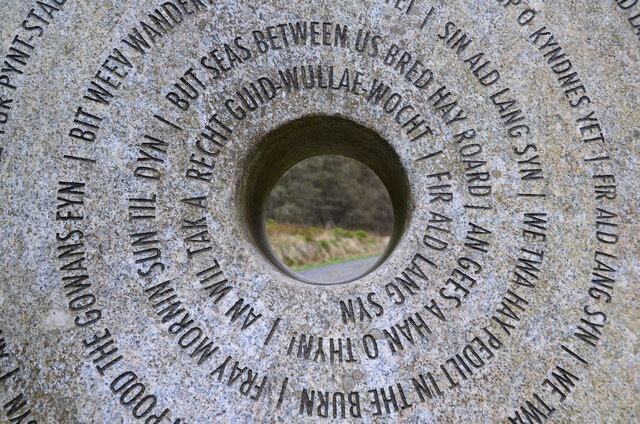This month, my poetry sisters and I agreed to write a poem about string, thread, rope, or chains.
So I wrote an email thread for one of those chain emails. Because it seemed related enough, and/or doubly valid (depending on how you look at things).
You have been selected to receive a blessing!
Add your wish below, then
forward it to seven people
for your wish to come true.
I wish I had seven people
who would read an email
if I sent it to them.
[send]
I wish the person
who sent this to me
knew that she mattered.
[send]
I wish people wouldn’t
send chain mail.
[send]
I wish I had a Twinkie.
[send]
I wish for an end:
to hunger
to violence
to racism.
[send]
I wish I could win the lottery.
[send]
I wish my mother
would stop calling,
but not because she
can’t call, because
that would also be bad.
Maybe I should
call my mother.
[send]
I wish that everyone else
would have their wishes
come true.
[send]
Add your wish below, then
forward it to seven people
for your wish to come true.
Poetry Friday is being hosted by Linda Mitchell at A Word Edgewise. You can find the other poems by my Poetry Princess sisters using the links below, though Laura is just back from travels and Liz is off on a jaunt, so they will not be joining us this month.
Andi at a wrung sponge
Mary Lee at A(nother) Year of Reading
Sara at Read Write Believe
Tanita at {fiction, instead of lies}
Tricia at Miss Rumphius
Next month, the Poetry Sisters will be writing Byr a Thoddaid poems. These are a Welsh form written as one or more quatrains. Each quatrain is composed of an eight-syllable couplet (rhymed aa), and a couplet containing 16 syllables, but split as 10 syllables in the first line followed by six in the second.
The 10/6 couplet has its own rules, where the end word of the six-syllable couplet is rhymed near the end of the 10-syllable line, and the word ending the 10-syllable line is linked by rhyme, alliteration, or other device to a word in the 6-syllable line.
If you write more than one quatrain, you can switch the order of the couplets (either 8/8/10/6 or 10/6/8/8).
Here’s a link to Robert Lee Brewer’s explanation at Writer’s Digest.









